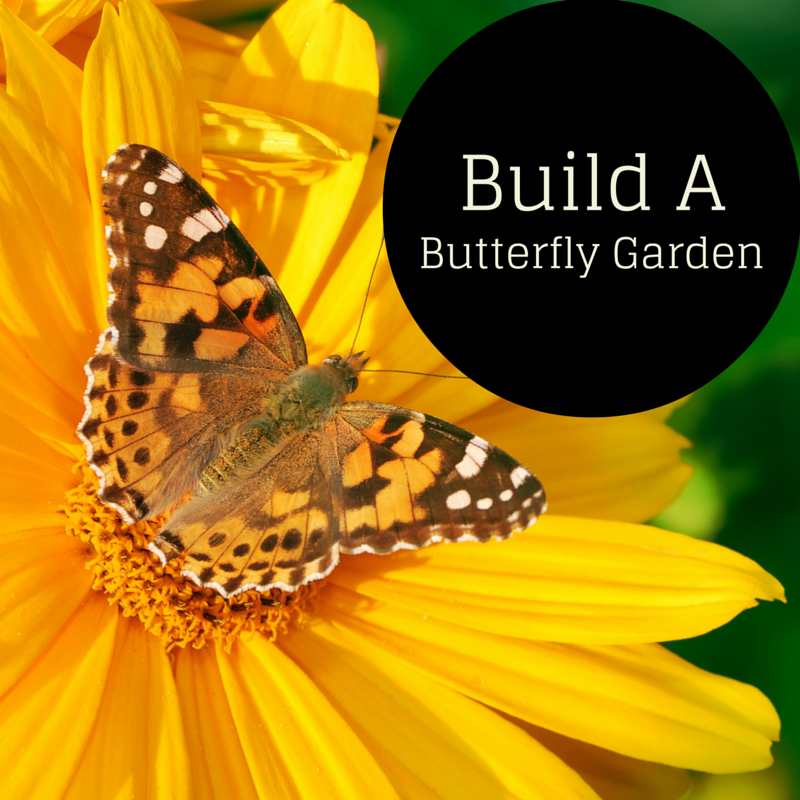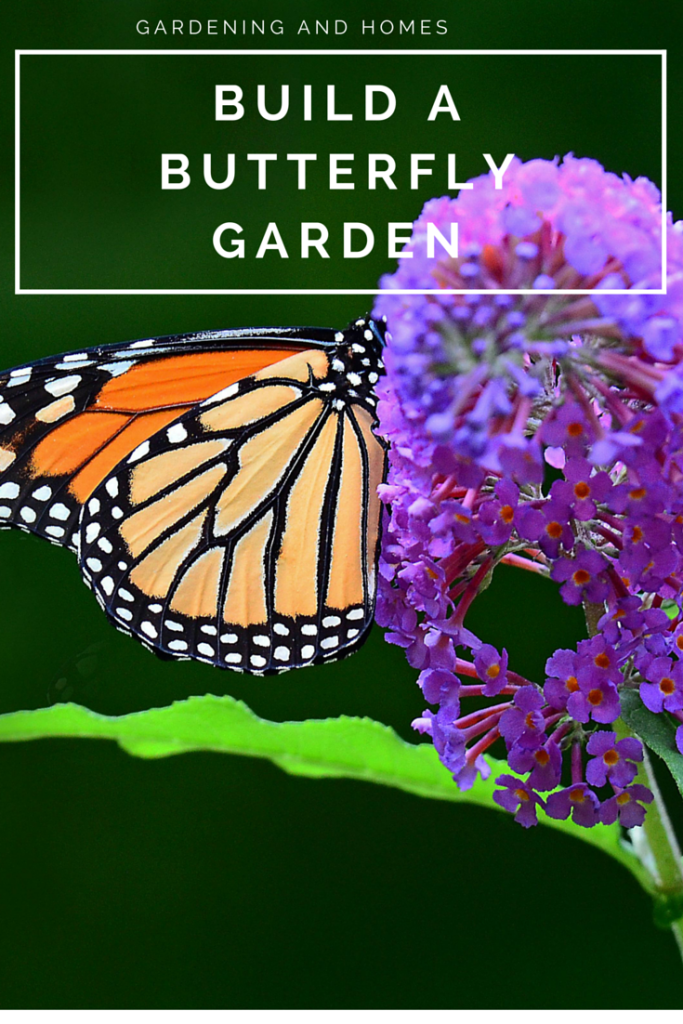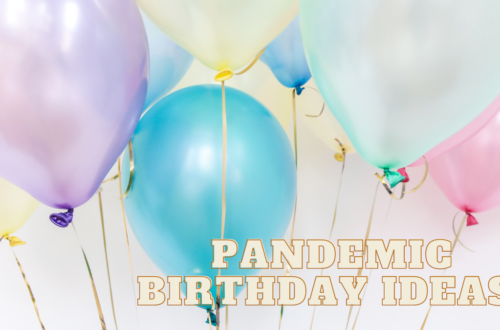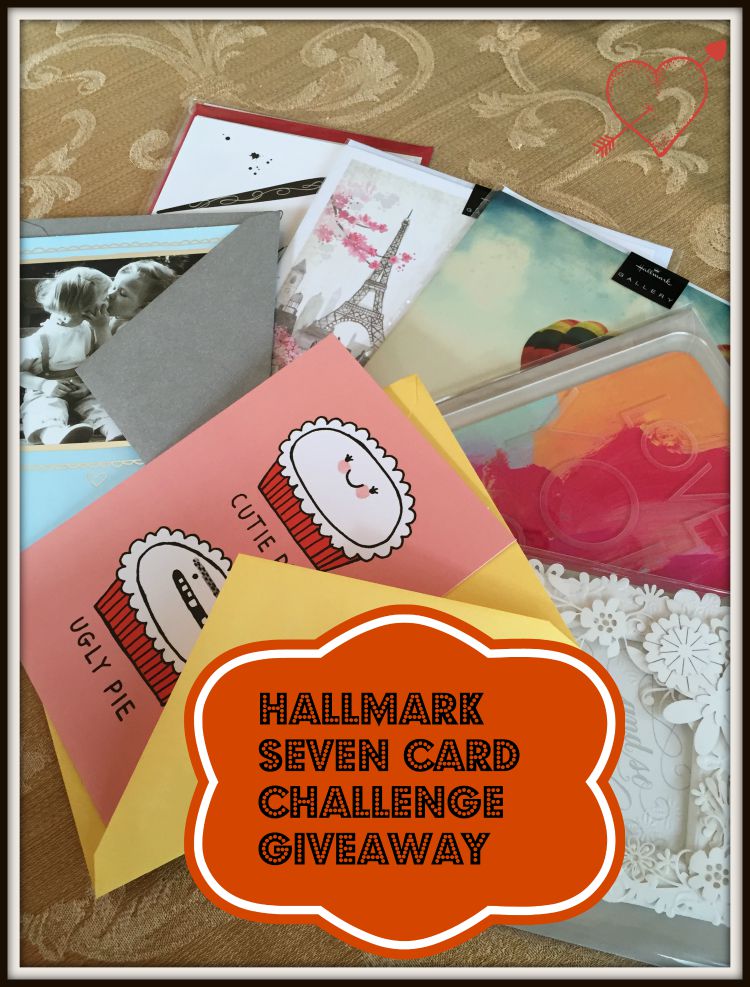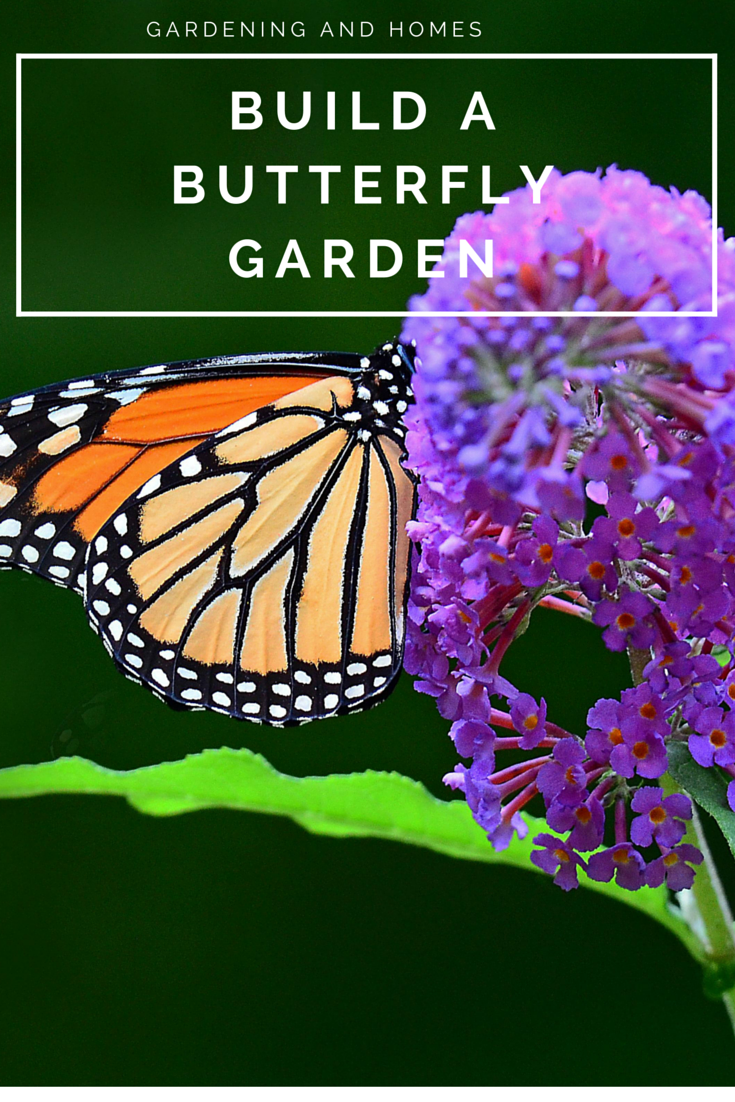
Butterfly Gardens Add Beautiful Variety to Your Lawn
Butterfly gardens are a wonderful way to add a variety of colors and textures to your lawn. With butterfly gardens, you’ll have beautiful blooming flowers all season long, and a yard teeming with the beauty of butterflies all around. Believe it or not, it’s actually much easier that people think to put a colorful butterfly oasis into their lawn.
Butterfly Gardens and the Monarch
The monarch butterfly is arguably the most majestic of all North American butterflies. It’s also terribly endangered. In light of that, this post will focus on what you’ll need for a butterfly garden that will be especially attractive to the monarch. Don’t worry. This garden will attract other species of butterflies, as well, as almost all butterflies are drawn to brightly colored blooms. However, the core of this garden is focuses squarely on attracting the monarch and promoting its health and proliferation.
Before we go any further, we need to touch on the most important part of butterfly gardens. They need to be in a sunny spot. Butterflies rely on the sun’s heat to regulate their body temperature. The most beautiful butterfly gardens will be empty without adequate sun.
Host Plants
Butterfly gardens are more than just pretty blooms. Those are for the adult butterflies. In addition to flowering plants, butterfly gardens need plants that caterpillars can feed on. These are the host plants. In this case, that’s milk weed. An abundance of milk weed is the base for the monarch’s survival. Monarch caterpillars eat the leaves of the plant for 9 to 18 days before forming their signature chrysalis an emerging in another 9 to 18 days as an adult monarch butterfly.
As the name implies, Milkweed is a weed and will spread as such. So be careful that it doesn’t consume your lawn. This is especially true of common milkweed. Research which milkweed is right for you lawn soil – Common, Swamp, or Butterfly. For example, Swamp milkweed requires moist soil and full sun, whereas Butterfly weed requires sandy soil with excellent drainage.
Nectar Plants
Host plants are the base for all butterfly gardens, but after the caterpillars become butterflies, they’ll need food. That’s where nectar plants come in. Like most butterflied, monarchs are most attracted to bright, poppy blooms of purples, pinks, yellows, and whites. This attraction is further increased when those colorful blooms are concentrated in bunches.
Plants most attractive to the monarch:
- Canadian goldenrod
- Wild bergamot
- New England aster
- Black-eyed Susan
- Common yarrow
- Boneset
These are only the base. You can include other plants to further attract a variety of other butterflies as well.
- Black Swallowtails: Dill, fennel, carrots, and parsley
- Fritillaries: Violets
- Painted Ladies: Wormwood, sunflowers, and thistle
- Red Admirals: Nettle
Finishing Touches
If you want to ensure that monarchs and other butterflies will visit your garden and lay their eggs there, you can add a few finishing touches that will make your butterfly garden the most attractive one in town.
Layout is key to a visually pleasing and effective butterfly garden. Be sure to plant your milkweed at the back of your garden so that the blooming plants are fully visible and get plenty of light. Also be sure to concentrate colors. Plant blooms of the same color together to ensure better attraction of butterflies.
To add interest, beauty, and a place for your butterflies to drink, keep a shallow water source in your garden. Partially submerged stones in a shallow buried container lined with pea gravel will give the butterflies a place to drink and add further visual interest to your garden.
[tweetthis]To add interest, beauty, and a place for your butterflies to drink, keep a shallow water source in your garden.[/tweetthis]
Add large stones to areas in and around your butterfly garden as landing pads and warming areas. Be sure the stones are surrounded by plants to provide shelter against predators.
Keep a “mud puddle” around for male butterflies. Mud puddling is practiced by male butterflies to ensure that they can reproduce. They sit on damp soil and extract the minerals and moisture that they need for reproduction. To make a “mud puddle” bury a pan filled with a garden soil/sand/manure mixture in the garden and be sure to keep it moist year round.
Butterfly Gardens – Beautiful and Beneficial
Butterfly gardens add beauty and interest to any lawn. And when butterfly gardens are planned with the monarch in mind, they also help to foster the continued survival of this endangered species. If you want to have one of the best butterfly gardens around, follow these tips and let your imagination run wild when it comes to perches and water sources. You could end up with a fairy wonderland if you do it right!


